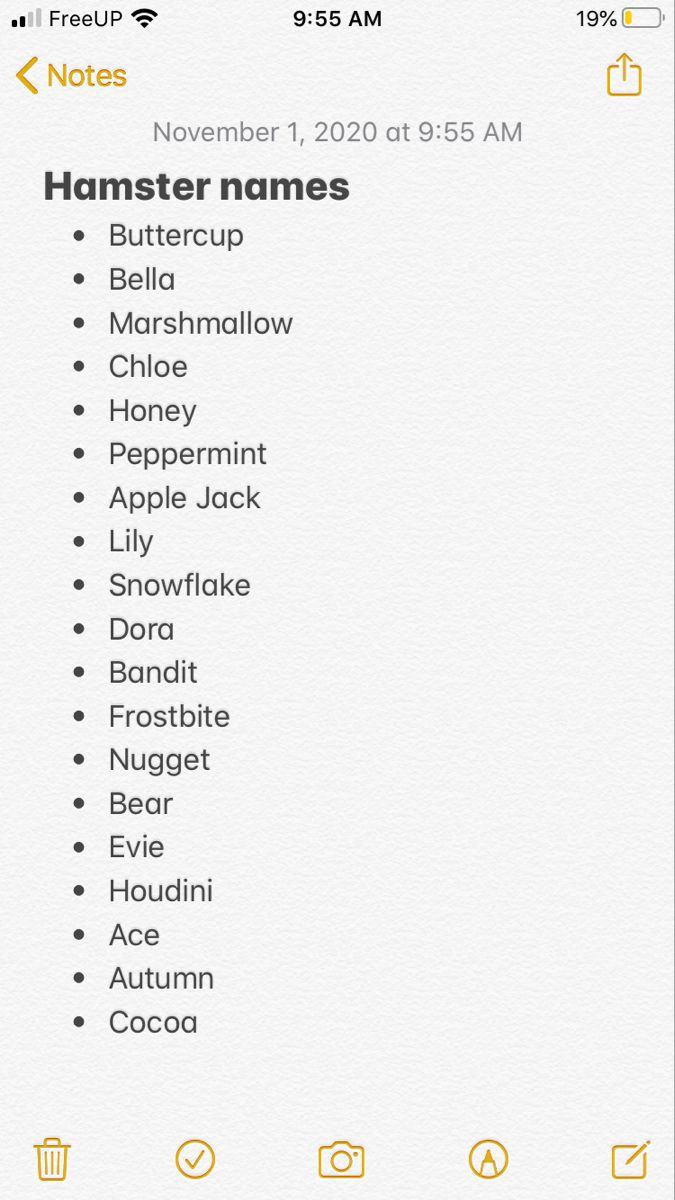Smart Ways to Optimize Balloon Belly Molly for a Thriving Aquarium in 2025

Smart Ways to Optimize Balloon Belly Molly for a Thriving Aquarium in 2025
Setting up a successful aquarium featuring balloon belly mollies involves understanding their unique needs and preferences. These colorful and vibrant fish, known for their rounded bodies and playful behavior, can be a fantastic addition to your freshwater aquarium. However, achieving a thriving environment for them requires attention to various factors, including water conditions, tank setup, compatible tank mates, and feeding strategies.
This article explores essential care practices and optimization techniques to ensure your balloon belly mollies flourish in their aquatic habitat. We will cover key aspects such as tank conditions, breeding tips, suitable companions, and maintenance routines, guiding both novice and experienced aquarists in creating the best environment for these captivating tropical fish species.
By the end of this guide, you will gain valuable insights into optimizing your balloon belly molly aquarium for success. Discover key points like ideal water parameters, dietary recommendations, and practical tips for breeding and managing mollies, making your fishkeeping journey enjoyable and rewarding.
Understanding Balloon Belly Molly Characteristics
Balloon belly mollies are a unique variety of molly fish, easily recognized by their distinctively rounded bodies and vibrant colors. Their appearance is not just for show; it plays a significant role in their behavior and interactions within the tank.
Physical Traits
The defining feature of balloon belly mollies is their inflated bodies, which can reach a size of 2 to 4 inches, depending on the specific variant. These fish come in various colors, including black, gold, white, and multi-colored patterns. Understanding these physical traits is crucial as they influence the molly fish's overall health and compatibility with other species in your aquarium.
Behavioral Patterns
Balloon belly mollies are generally peaceful and social fish, making them excellent choices for community tanks. They thrive in groups, exhibiting schooling behavior and healthy social interactions. Observing their behavior can provide insights into their health status and the overall condition of your aquarium environment.
Life Span and Care Needs
Under ideal conditions, balloon belly mollies can live up to five years. Their health and longevity heavily depend on proper care, including maintaining optimal water quality, providing a balanced diet, and monitoring for potential diseases. Regular care routines and attention to their habitat play a crucial role in their life expectancy.
Common Health Issues
Like other aquarium fish, balloon belly mollies are susceptible to various health problems, including ich, fin rot, and swim bladder diseases. Familiarizing yourself with these common ailments will aid in early detection and treatment, ensuring a healthy and vibrant aquarium.
Building on these fundamentals, the next step is to establish appropriate tank conditions for your balloon belly mollies.
Creating the Optimal Balloon Belly Molly Tank Setup
A well-thought-out tank setup is vital for keeping balloon belly mollies healthy and happy. Consider the physical layout, decorations, and water parameters that contribute to an optimal habitat for these lively fish.
Tank Size and Layout
For a small group of balloon belly mollies, a minimum tank size of 20 gallons is recommended. A larger tank allows for more swimming space and helps maintain stable water conditions. When setting up your tank, include plenty of swimming areas along with hiding spots and plants to create a comfortable environment where they can thrive.
Water Conditions and Parameters
Maintaining suitable water conditions is crucial for the health of your balloon belly mollies. Aim for a pH level between 7.0 and 8.5, a temperature range of 75-82°F, and moderate water hardness. Regular water changes and quality checks are necessary to ensure a stable and healthy habitat.
Filtration and Water Quality
Investing in a good filtration system is essential for maintaining water quality in your aquarium. Proper filtration helps remove contaminants and facilitates a stable environment. Ensure your filtration system is suitable for the tank size and has a reliable mechanism to avoid any buildup of harmful substances.
Aquarium Decorations and Plants
Creating a visually appealing yet functional tank layout enhances the well-being of your balloon belly mollies. Use live or artificial plants, rocks, and decorations to create hiding spots. Providing these elements will reduce stress and encourage natural behaviors among the fish.

Having established a solid tank setup, the next important focus shifts to fulfilling the dietary needs of balloon belly mollies.
Feeding Balloon Belly Mollies for Optimal Health
A well-balanced diet is critical to the growth, health, and breeding success of balloon belly mollies. Understanding their dietary requirements ensures they receive the essential nutrients needed to thrive in your aquarium.
Types of Fish Food for Mollies
Balloon belly mollies are omnivorous and should be fed a variety of foods to meet their nutritional needs. Quality flake food is an excellent staple, supplemented with high-quality pellets and frozen or live foods such as daphnia, brine shrimp, and bloodworms. By diversifying their diet, you can support their growth and health effectively.
Feeding Schedule and Portions
Establishing an appropriate feeding schedule for your balloon belly mollies will help maintain their health and prevent overfeeding. Offer small portions of food two to three times a day, ensuring they consume everything within a few minutes. Monitoring feeding habits and adjusting quantities based on their activity levels is essential.
Nutritional Requirements
Understanding the nutritional needs of balloon belly mollies will play a significant role in their growth and overall health. Focus on a diet rich in protein, high in vitamins and minerals, to enhance their immune systems and prevent common diseases. Advanced fish food formulations designed for mollies can provide added benefits in their diet.
Common Feeding Mistakes
A common mistake when feeding aquarium fish is overfeeding, which can lead to health issues and water quality concerns. Pay close attention to your feeding practices, ensuring that food does not accumulate at the bottom of the tank. Regularly evaluate and adjust as necessary.
With dietary needs covered, let's explore the exciting aspects of balloon belly molly breeding and reproduction.
Strategies for Successful Balloon Belly Molly Breeding
Breeding balloon belly mollies can be an exciting and rewarding endeavor for aquarium hobbyists. Understanding the breeding process and necessary care for pregnant mollies is key to successful breeding.
Breeding Behavior and Signs
Breeding behavior among balloon belly mollies often becomes evident through the males' chasing of females. Look for signs of pregnancy, which typically appear as the female develops a dark spot near her anal fin. Observing this can help you identify the optimal time to separate the pregnant mollies for a safer birthing process.
Breeding Tank Setup
Setting up a dedicated breeding tank can significantly enhance the survival rate of fry. Use a smaller tank without strong currents, and provide plenty of hiding spaces to protect the young fish. This environment minimizes stress for the breeding pair and increases the chances of successful reproduction.
Caring for Fry
Once the fry are born, they require special care. Feed them with finely crushed flakes or specialized fry food to support their early growth. Regular water changes and careful monitoring of water conditions are critical to promoting healthy development of the fry.
Common Breeding Challenges
Common breeding challenges can include cannibalism and fry mortality during their early stages. To mitigate these risks, consider using breeding nets or compartments, keeping pregnant females separated from adult fish and ensuring they have ample hiding spots during and after giving birth.

As you navigate the nuances of breeding, it's also essential to delve into the broader context of companionship in your aquarium.
Choosing the Right Tank Mates for Balloon Belly Mollies
Creating a harmonious community aquarium involves selecting compatible tank mates for your balloon belly mollies. Understanding fish compatibility is essential for maintaining a stress-free environment in your tank.
Compatible Species
Balloon belly mollies are generally peaceful fish, making them suitable for community tanks. Ideal companions include other peaceful freshwater fish species, such as guppies, tetras, and platys. Ensure that chosen species share similar care requirements and temperaments to promote a balanced tank ecosystem.
Avoiding Aggressive Fish
While balloon belly mollies can coexist peacefully, avoid aggressive fish species that may stress or threaten them. Avoid keeping them with territorial or overly aggressive fish, such as cichlids or larger barbs, which may lead to bullying and health issues.
Impact of Schooling Behavior
Balloon belly mollies exhibit schooling behavior and thrive in groups. When adding companions, ensure there’s a suitable balance of species to prevent stress and encourage natural behaviors. Ideally, include at least three mollies to establish a sense of community within the tank.
Observing Interactions
Monitoring interactions among tank inhabitants helps gauge compatibility. Watch for signs of aggression or stress, adjusting your community as necessary to ensure a peaceful and harmonious atmosphere within the aquarium.
By understanding fish compatibility, you can create a lively and diverse aquatic environment that promotes the health of all species involved in your arrangement.
Maintaining Water Quality and Aquarium Health
Optimal water quality is foundational for keeping balloon belly mollies healthy. Regular maintenance routines that emphasize water chemistry and tank conditions will ensure a thriving aquarium.
Water Quality Management
Regularly testing your aquarium's water for parameters such as pH, ammonia, nitrite, and nitrate levels is essential. Keeping these levels within the required range helps safeguard your balloon belly mollies' health. Utilize reliable water testing kits to promptly address any issues.
Water Changes and Cycling
Establishing a consistent schedule for water changes is vital for maintaining water quality. Aim for 25-30% water changes weekly and cycle your tank properly to promote beneficial bacteria growth. These practices will significantly contribute to a stable and healthy environment for your fish.
Regular Tank Maintenance
In addition to water changes, regular maintenance, including cleaning the substrate, decorations, and filter, plays a critical role in maintaining a healthy fishery. Prioritize keeping your tank clean and decluttered to support reliable water quality and fish wellbeing.
Health Monitoring for Mollies
Be proactive in monitoring the health of your balloon belly mollies. Look for behavioral changes or signs of stress and illness, such as unusual swimming patterns, lethargy, or loss of appetite. Early detection aids in promptly addressing health concerns and prevents outbreaks of disease.
In conclusion, mastering the essential aspects of balloon belly molly care enables you to create a beautiful and thriving aquarium. A solid understanding of their characteristics, proper tank setup, effective feeding practices, and attention to breeding and community compatibility will ensure a successful experience in 2025 and beyond.
For a more visually appealing aquarium, consider adding decorative elements suitable for mollies, optimizing their habitat while enhancing your aquarium's aesthetic appeal. With continuous learning and commitment, your investment in balloon belly mollies will yield splendid results.
With this comprehensive guide in hand, you are well-equipped to nurture a flourishing world for your balloon belly mollies, ensuring they thrive and contribute to a vibrant and diverse aquatic ecosystem.